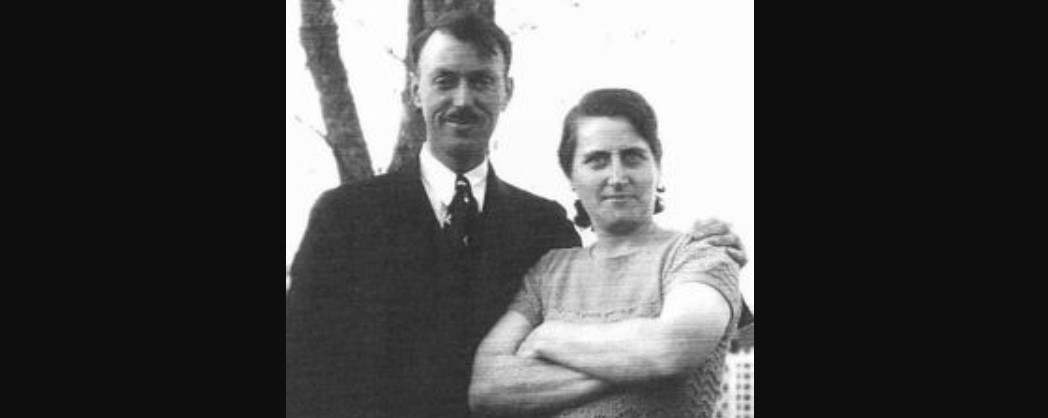Directed by Don McBrearty, ‘Butterbox Babies’ tells the story of an adoption ring being run by William Peach Young and his wife, Lila Gladys Young, in Nova Scotia, Canada, in the 1930s. Their Ideal Maternity Home is a haven for unwed pregnant mothers who deliver their babies there. However, what lies underneath can easily be called sinister as healthy babies are sold to couples without kids of their own through illegal adoption while the unhealthy ones are left to starve and pass away, only to be put in butter boxes and buried. The story is brought to life by the highly compelling performances of Peter MacNeill and Susan Clark, along with Catherine Fitch, Nicholas Campbell, Michael Riley, Cedric Smith, and Corinne Conley.
A recipient of two Gemini Awards, the 1995 drama film is set during a time that experienced two of the worst events in human history, the Great Depression and World War II. Both these affected the world economy, which, one might wonder, is one of the microcosmic reasons why the Youngs decide to do what they are doing. In other words, make money when the whole world is facing a shortage. There can also be those viewers who will disregard the events and want to know more about the couple and their mentality, wondering what goes on in the minds of such people.
Butterbox Babies is an Adaptation of a Novel Based on True Events
Driven by a script written by Raymond Storey, it is based on the book of the same name by Bette L. Cahill. The book, in turn, is based on the real events surrounding the Ideal Maternity Home that operated in East Chester in Nova Scotia from 1928 to 1947. The facility was run by married couple William Peach Young and Lila Gladys Young (née Coolen), who had been married since the mid-1920s. While the latter was a midwife herself, the former was a licensed chiropractor and also served as an unordained minister of the Seventh-day Adventist Church.

Besides offering maternity care for both married couples and unwed mothers, it also offered adoption and abortion (which was illegal during that time) services. From diapers to the burial of babies that passed away, everything at Ideal Maternity Care came at a price. If the mother was unable to care for her child, she had to pay hundreds of dollars to the Youngs for the child’s lifetime care. When they couldn’t afford the money, they had to work at the Youngs’ home. A report by the Canadian Children’s Rights Council says that women worked there for up to 18 months to clear their debts. After this, the baby was put up for adoption as a part of an illegal trade in Canada.
As per reports, babies were also sold to American couples. Taking advantage of the US laws that forbid adoption between different religious backgrounds, the Youngs sold the babies at high prices, going as high as $10,000. The Youngs intentionally fed the babies just water and molasses so that they could starve to death. This fate was shared by those babies that the couple found to be “unmarketable.” Signs included any health issues or babies that weren’t of Caucasian ethnicity. The babies who passed away would be put in small boxes, used to store dairy products (hence, the name ‘Butterbox Babies’), and buried under the property grounds or thrown to the sea or burned in the furnace.

The couple used to also lie about the baby’s death to its parents only to sell it to another couple in want of a child and ready to pay for adoption. An estimated 400 to 600 babies died at the Ideal Maternity Home. A thousand others were adopted. After a 12-year battle (1934-1946), the then minister of Public Welfare, Dr. Frank Davis, and his team gathered lots of evidence and pressed multiple charges of fraud and manslaughter, but the Youngs were acquitted or the evidence wasn’t enough. Ultimately, the Youngs were convicted of illegally selling babies to four American couples, and a fine of $428.90 was imposed.
The authorities officially ordered the shutting down of Ideal Maternity Home in 1946, and by 1947, it was out of business. While William died in 1964, Lila passed away in 1967 due to leukemia. By portraying the advantage and manipulation of emotions on one hand and the flaws in the welfare system on another, ‘Butterbox Babies’ effectively showcases the events in a way that feels like a complete replication of what must have happened for real back then.
Read More: Best Motherhood Movies On Netflix


You must be logged in to post a comment.